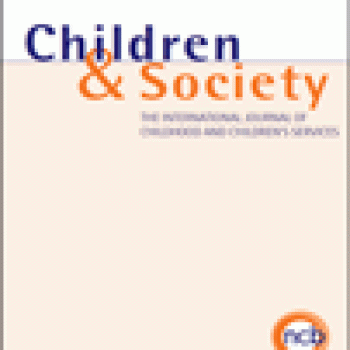Publication Information

Child labour in India has long been the focus of research, policy concern and intervention. This paper presents an analysis of children's involvement in agricultural work, particularly cottonseed production, drawing on evidence gathered for Young Lives in 2007 and 2008. In parts of rural Andhra Pradesh, children have been working in cotton fields for two or three months of the year. Evidence showed marked gender and age differentiation. In the early stages of cotton production in the mid- 1990s, there was reportedly a cultural as well as an economic basis for children's work in cottonseed pollination, when it was believed that pre-pubescent girls were preferred, as they were considered 'pure'. This has shifted, and children appear to work in cotton pollination for economic reasons, as well as practical ideas that they are better suited to the work because of their physical height and dexterity. The paper focuses on accounts from two girls involved in such work. They highlighted the importance of work in their everyday lives and its consequences for their schooling. Their situation had changed markedly when the study teams visited the site one year later, and the paper explores some of the reasons for the changes.
Keywords: child work, child labour, India
The final published version of the article is available on the journal website.

Child labour in India has long been the focus of research, policy concern and intervention. This paper presents an analysis of children's involvement in agricultural work, particularly cottonseed production, drawing on evidence gathered for Young Lives in 2007 and 2008. In parts of rural Andhra Pradesh, children have been working in cotton fields for two or three months of the year. Evidence showed marked gender and age differentiation. In the early stages of cotton production in the mid- 1990s, there was reportedly a cultural as well as an economic basis for children's work in cottonseed pollination, when it was believed that pre-pubescent girls were preferred, as they were considered 'pure'. This has shifted, and children appear to work in cotton pollination for economic reasons, as well as practical ideas that they are better suited to the work because of their physical height and dexterity. The paper focuses on accounts from two girls involved in such work. They highlighted the importance of work in their everyday lives and its consequences for their schooling. Their situation had changed markedly when the study teams visited the site one year later, and the paper explores some of the reasons for the changes.
Keywords: child work, child labour, India
The final published version of the article is available on the journal website.

